Are you passionate about unique, one-of-a-kind fashion statements that tell a story? In today’s fast-paced world of fast fashion, many of us seek something deeper—something that reflects individuality and a connection to history. This is where the concept of a curated vintage marketplace comes into play, offering a gateway to timeless pieces that have been thoughtfully preserved and brought back to life. Whether you’re a seasoned collector or someone exploring the allure of vintage fashion, a curated vintage marketplace provides a treasure trove of rare, stylish, and authentically beautiful garments that simply cannot be found elsewhere. From iconic designs of the 20th century to lesser-known finds, these marketplaces cater to fashion enthusiasts who appreciate quality, uniqueness, and the stories behind each piece. In this article, we’ll dive into the world of curated vintage marketplaces, exploring everything from what makes them special to the best platforms for both buying and selling vintage clothing. If you’re ready to embark on a journey through fashion history, let’s uncover the secrets of the curated vintage marketplace together.

What Does Curated Vintage Mean?
Curated vintage refers to a meticulously selected collection of vintage items, carefully chosen for their unique characteristics, historical significance, and timeless appeal. Vintage clothing is defined as apparel that is at least 20 years old, though often younger than 100 years, after which it may be classified as antique. Curated vintage takes this definition further by focusing on pieces that reflect a particular era or style, chosen with intention and expertise.
The process of curating vintage involves evaluating items based on factors such as craftsmanship, rarity, condition, and cultural relevance. Each piece tells a story, often reflecting the social and cultural norms of its time. Curated collections aim to offer variety while maintaining coherence, often centered around a specific theme or aesthetic.
Curated vintage appeals to those who appreciate the uniqueness of individual pieces, the stories they carry, and the contrast they provide to today’s fast-paced, mass-produced market. Many enthusiasts view curated vintage as a sustainable choice, as it repurposes historic garments rather than contributing to waste.
Curated Vintage at Retro Sales
Retro Sales is a leading platform dedicated to vintage enthusiasts and collectors. Our curated collection features a thoughtfully organized array of vintage clothing, housewares, and collectibles, each selected for its quality and historical interest. We believe in celebrating the charm of yesteryear, offering unique finds that resonate with nostalgia and classic styles.
Explore our curated vintage selection and discover the allure of retro fashion. From iconic outfits to rare finds, our collection is more than just clothes—it’s a gateway to understanding the past and embracing its beauty. Visit our website to browse our curated vintage items and learn more about retro culture.
Related Pages
- Retro Culture Blog – Dive deep into the world of nostalgia and vintage trends.
- Vintage Clothing Shop – Discover our curated collection of vintage apparel and accessories.
- About Us – Learn more about Retro Sales and our commitment to vintage fashion.
The Best Platform to Sell Vintage
Selling vintage items can be a rewarding experience, and choosing the right platform is crucial to reaching the right audience. Here are some of the best platforms for selling vintage goods:
- Etsy – A popular marketplace known for its vibrant community of vintage enthusiasts. Etsy allows sellers to list items with both auction-style and fixed-price listings, making it easy to find interested buyers.
- eBay – With a massive audience and flexible listing options, eBay is a great choice for vintage sellers. You can choose between auction-style listings or fixed prices, depending on what works best for your items.
- Poshmark – Specializing in fashion and accessories, Poshmark is a fantastic platform for selling vintage clothing and designer items. Its focus on fashion makes it ideal for vintage apparel enthusiasts.
- Facebook Marketplace – While more of a local marketplace, Facebook Marketplace can be a great way to sell vintage items to people in your area. It offers a more personal touch compared to larger platforms.
- Local Classifieds – Platforms like Craigslist or local newspapers can be effective for selling vintage items, especially if you’re looking to target a specific geographic area.
Additionally, consider using eBay’s Consignment Service called The Hub, which can help you sell vintage items more efficiently. Remember to research each platform’s fees, commission structures, and audience demographics to maximize your sales potential.
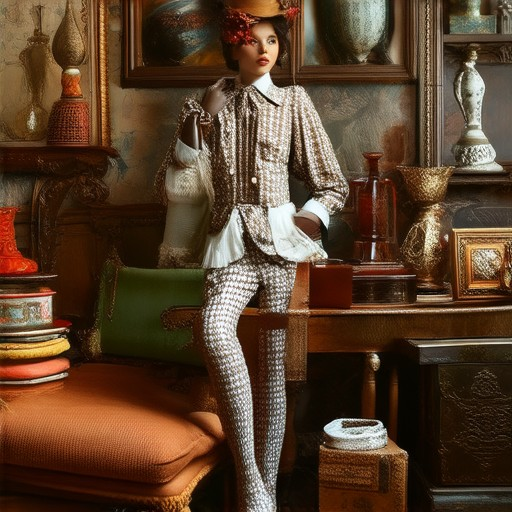
Best Sites for Vintage Clothing
When searching for vintage clothing, several platforms stand out for their dedication to preserving and celebrating timeless styles. Here are some top recommendations:
- Etsy – A premier platform for vintage and handmade items, Etsy offers a vast selection of unique and authentic vintage clothing, accessories, and more. The site supports small businesses and individual sellers, making it a great place to find one-of-a-kind pieces.
- Poshmark – Specializing in fashion, Poshmark is a favorite among vintage enthusiasts. The platform allows users to buy and sell gently used clothing, including vintage items, with detailed descriptions and photos.
- Thriftify – Thriftify connects users with local thrift stores and boutiques, allowing you to browse hundreds of vintage and consignment items in one place. It’s perfect for discovering unique finds near you.
- eBay – While eBay is a massive marketplace, it’s a go-to for vintage collectors. Search filters allow you to narrow down selections by era, style, and condition, making it easier to find rare and unique pieces.
- Facebook Marketplace & eBay Marketplace – Both platforms have active communities of sellers offering vintage clothing. Facebook Marketplace is great for local picks, while eBay Marketplace provides a broader reach with detailed item descriptions.
- Depop – Known for its vibrant community, Depop is a must-visit for vintage and second-hand shoppers. The app focuses on fashion, beauty, and accessories, with a strong emphasis on sustainability and unique finds.
Each of these platforms offers unique benefits, from community-driven experiences to extensive inventories. Whether you’re looking for a specific era or simply exploring, these sites provide plenty of opportunities to find vintage clothing that suits your style.
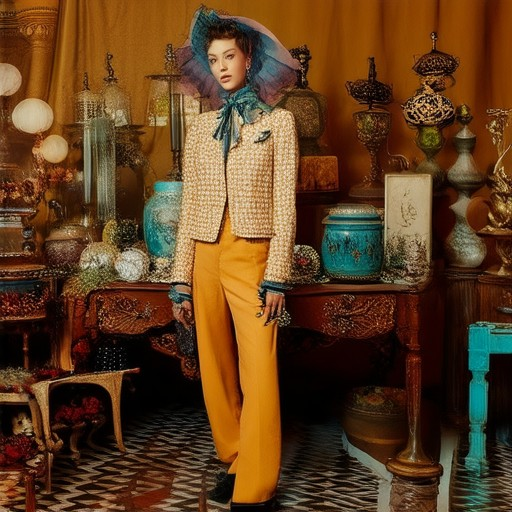
Where Can I Buy Cheap Vintage Clothes Online?
There are several reputable platforms and marketplaces where you can purchase affordable vintage clothing online. Here are some of the best options:
- Retro Sales – A dedicated platform for vintage enthusiasts, offering a curated collection of unique items and retro-inspired clothing. Their blog provides valuable style insights and trend analyses.
- Etsy – Known for its diverse selection of handmade and vintage goods, Etsy allows you to filter by price, making it easier to find budget-friendly options.
- Thrift Score – Specializes in secondhand goods, allowing you to browse affordable vintage and modern items with customizable filters.
- Poshmark – Primarily features designer fashion, including vintage pieces, at competitive prices. It’s a great option for high-end vintage wear.
- Vinted – Similar to Poshmark, Vinted focuses on everyday items, offering a range of affordable vintage clothing options.
- Ebay – A vast marketplace with a wide array of vintage clothing available at various price points. Be sure to check seller ratings and shipping costs.
- Depop – A social media app where individuals sell their used items, including vintage clothing. It’s a fantastic option for discovering unique pieces and connecting with a passionate community.
- Buffalo Exchange – Offers vintage-inspired clothing with a modern twist, often at reasonable prices. Check for seasonal sales or discounts.
Each platform offers unique benefits, from community-driven sales on Depop to curated collections on Retro Sales. Whether you’re seeking everyday wear or statement pieces, these options cater to a variety of tastes and budgets.
What is the Most Sought After Vintage Clothing?
Vintage clothing has become a beloved niche among fashion enthusiasts, with certain pieces standing out as highly desirable. Here are some of the most sought-after types of vintage clothing:
- Retro Denim Jackets : Iconic pieces like the Levi’s 501XX or Wrangler 20th Century models are timeless and highly collectible.
- Vintage Leather Jackets : Sheepskin or cowhide jackets from brands like Schott or Chrome are prized for their durability and unique appeal.
- 1950s Dior New Look Dresses : The hallmark of Christian Dior’s New Look, featuring full skirts and cinched waists, remains a favorite among collectors.
- 1960s Mini Skirts : The mini skirt revolutionized women’s fashion and continues to be a staple in vintage collections.
- Beatlemania-era Fashion : Clothes associated with the British rock band The Beatles, particularly those worn by John, Paul, George, and Ringo, command high prices.
- Yves Saint Laurent Rive Gauche Tuxedo Jacket : A landmark piece in menswear history, this jacket redefined men’s fashion and is highly sought after.
- Vintage Chanel Suits : Coco Chanel’s tailored suits and dresses from the 1920s and 1930s are classic examples of early twentieth-century elegance.
- 1970s Bell Bottom Jeans : Flared or bell-bottom jeans from the disco era are favorites among vintage fashion lovers.
- Vintage Accessories : Items like vintage handbags, hats, and shoes from iconic designers often outperform other pieces due to their uniqueness and craftsmanship.
These pieces are not just clothing—they represent a unique moment in fashion history and often hold significant sentimental and financial value. Collectors and enthusiasts alike seek them out for their rarity, design, and historical significance.
For more information on finding and purchasing vintage clothing, visit our Vintage Clothing Guide .
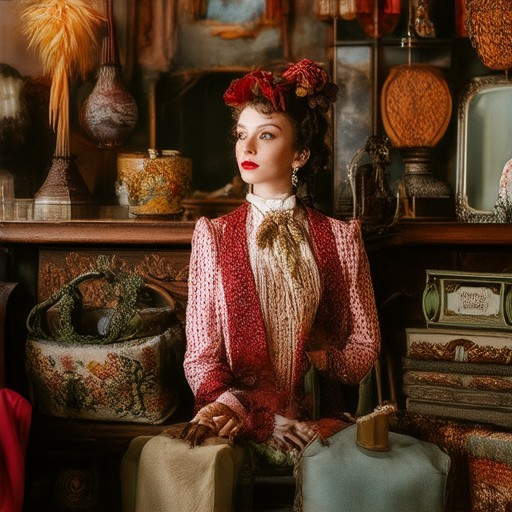
Where Do Vintage Resellers Get Their Clothes?
Vintage resellers obtain their inventory through a variety of channels, each offering unique opportunities to find rare and unique garments. Here’s a breakdown of the most common ways they source their vintage clothing:
1. Thrift Stores and Flea Markets
Thrift stores, antique malls, and flea markets are primary sources for vintage resellers. These locations often have hidden gems that haven’t been picked up by others. Regularly checking these spots can lead to finding one-of-a-kind pieces that stand out in the market.
2. Overseas Imports
Many vintage resellers travel to countries like Japan, Europe, and Australia in search of unique finds. These regions have thriving markets for vintage goods due to their distinct fashion history and cultural preservation. Online auction platforms may also connect resellers with international sellers looking to unload their collections.
3. Estate Sales and Private Listings
Estate sales and private listings can reveal forgotten wardrobes filled with decades-old attire. These events often take place in private homes and provide access to items that haven’t been seen by the general public.
4. Online Auction Platforms
Platforms like eBay, Etsy, and Facebook Marketplace are popular hubs for vintage resellers. These platforms allow them to connect with sellers worldwide, purchase bulk lots, or find rare items that aren’t easily accessible elsewhere.
5. Wholesale Suppliers
Some vintage resellers work directly with suppliers who aggregate bulk quantities of vintage clothing. These suppliers often source items from thrift stores, flea markets, and international buyers, making it easier for resellers to acquire large inventories quickly.
6. Competitor Analysis
When considering where to source, it’s important to analyze competitors. Platforms like Retro Sales offer unique opportunities to see what’s trending and connect with sellers who already have a proven track record in the vintage market. By understanding what competitors are buying and selling, you can position yourself better in the market.
How to Spot a Good Vintage Piece
- Look for unique stitching, patterns, and materials that indicate age.
- Check for labels or tags that provide insight into the garment’s origin and era.
- Inspect for wear and tear in a way that adds character rather than detracting from the piece.
Competitors to Keep in Mind
- Retro Sales – A dedicated platform for vintage enthusiasts, offering a mix of marketplace listings and educational content.
- ThredUp – Known for its focus on secondhand fashion and a wide range of vintage-inspired items.
- Poshmark – Specializes in high-end vintage and designer clothing, connecting sellers with a global audience.
Conclusion
Vintage resellers have access to a diverse range of sourcing methods, from local thrift stores to international markets. By leveraging these channels and staying attuned to what’s trending, they can build a successful business around their passion for vintage fashion. Whether you’re just starting out or looking to expand your collection, exploring these avenues can open up endless possibilities in the world of vintage resale.
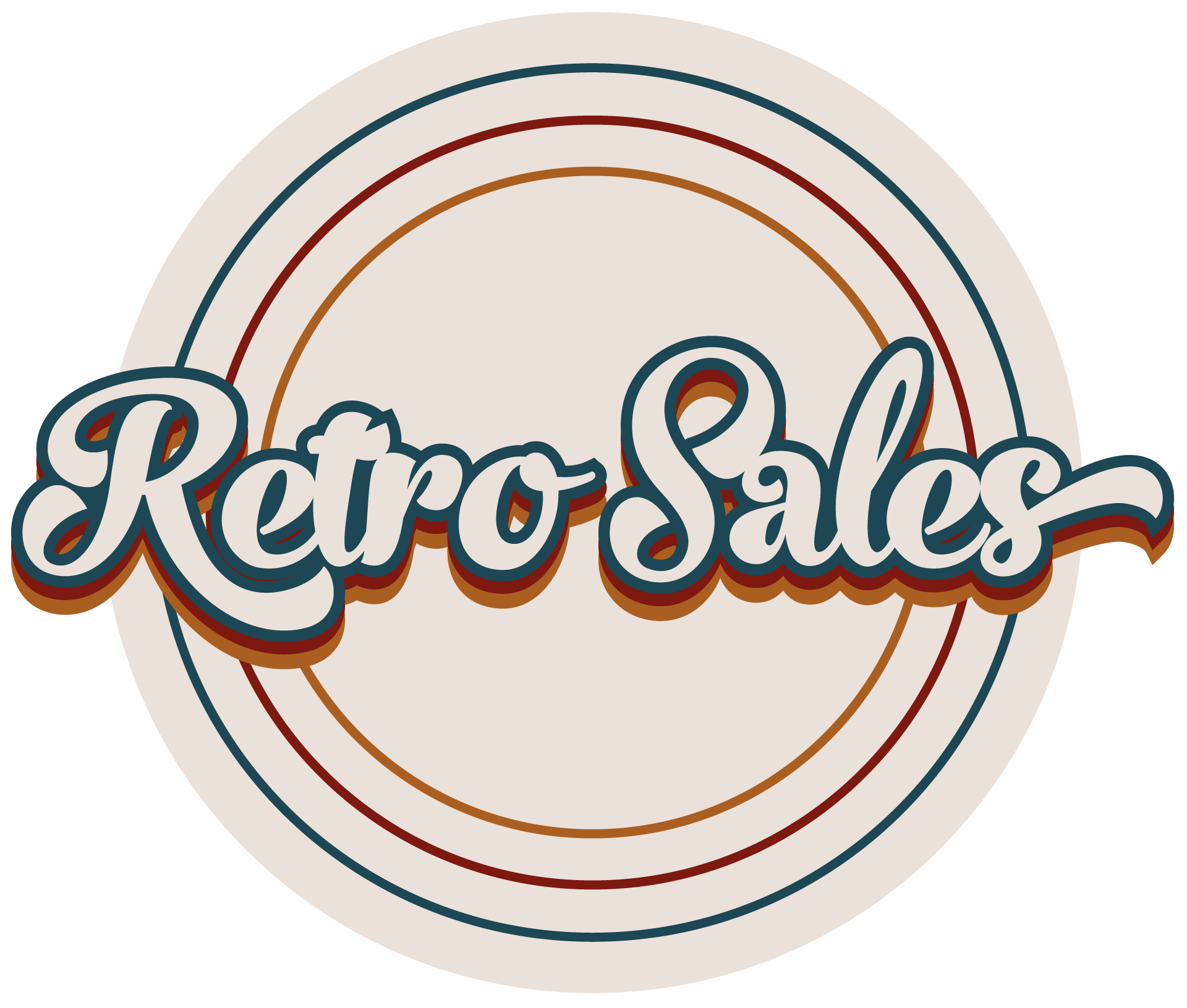
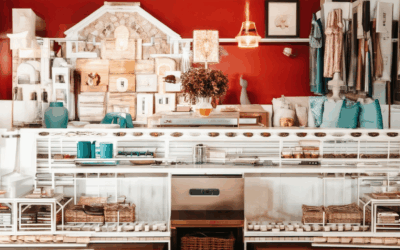
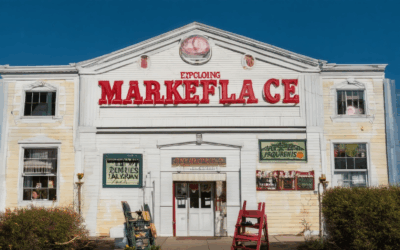
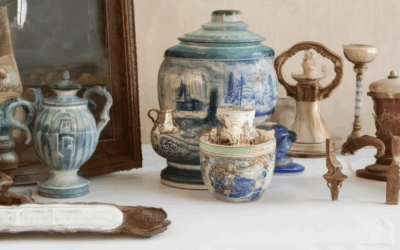
0 Comments